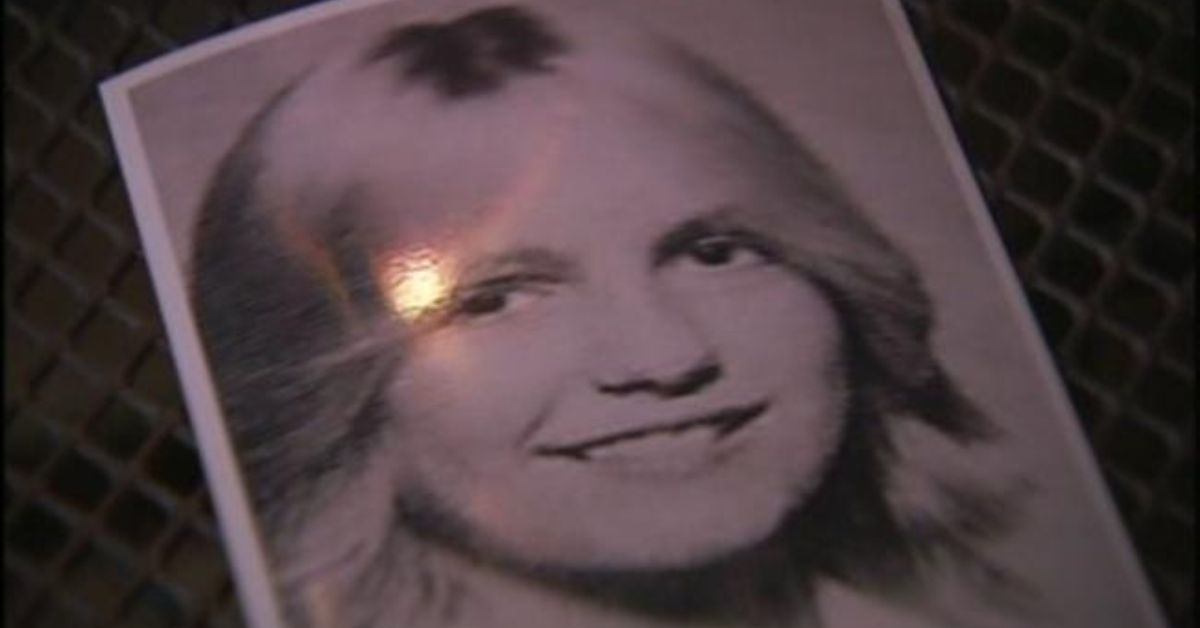A man from Bristow was found guilty by a federal jury on Wednesday of murdering a former girlfriend’s new boyfriend in 2018, according to the announcement made by the United States Attorney for the Eastern District of Virginia, Clint Johnson. In Indian Country, the court found 29-year-old Justin Dale Little guilty of murder in the first degree.
The body of victim Jonathon Weatherford was discovered on railroad tracks near Jenks, Oklahoma, at noon on April 22, 2018, with a single gunshot wound to the back. The victim had been shot. A bystander dialed 911, and officers from the Jenks Police Department were dispatched to the location.
During the inquiry, the authorities questioned Weatherford’s girlfriend, asking her whether she knew anyone who might have had ill intentions toward the victim. She stated that she considered Little to be the only person who was “mad enough” and had “enough reason” to do the murder. She referred to Little as “the only individual.”
According to the woman’s account, she and Little dated when they were in high school and went on to have a child together. After the relationship ended, the woman stated that Little frequently harassed her and the men she dated at the time.

More News:
- Memphis Jogger Abduction Called ‘Isolated Act By A Stranger’ Suspect Charged With Murder
- Only Murders in the Building Season 2: Release Date Status: Renewed or Cancelled?
She recalled that Little had shown up at a boyfriend’s house at 4 a.m. after tracking her phone, cut brake lines, distributed suggestive photographs of the woman, poured water into the gas tank of her vehicle, and admitted at one point that he had considered shooting the woman and a boyfriend. She said that Little had also poured water into her vehicle’s gas tank.
The lady claimed that in the weeks leading up to the crime, she had consented to marry Little only for their child to receive benefits from the National Guard. The military member’s name was Little. Little was informed by the woman that she had every intention of carrying on an intimate relationship with Weatherford and that he would remain an important figure in her life for the foreseeable future. After that, she informed Little that she would have reason to distrust her if anything untoward ever occurred to Weatherford.
Officers also discovered security video that positioned the suspect at the Jenks, Oklahoma, scene of the incident. On the day of the crime, at about 11:40 a.m., Little observed the victim leaving his girlfriend’s apartment and walking toward his family’s house. This observation was captured on film.
It was possible to see Little’s pickup vehicle drive around the train tracks, following the victim for a few minutes, and then stopping close. The video also showed a man who was later identified as Weatherford going alongside the train lines while being followed by an unknown person clothed in dark clothing. After some time, both the victim and the figure walked away from the cameras, so they are no longer visible.
A short time later, the individual hurried back into the view of the camera and away from the location where the crime had been committed. After that, footage showed the pickup belonging to Little pulling away from its parking position close to the crime site and driving away. The investigators obtained cell phone data, call logs, and PikePass records, all of which contributed to the confirmation that the person shown in the surveillance footage was Little.
They also found and took possession of a Remington rifle .300 Winchester Magnum caliber that was equipped with a sight and a bipod at Little’s house. A little over a month before the murder, Little purchased the gun. According to the findings of the medical examiner’s report, Weatherford died as a result of a gunshot wound to the back.
The victim was struck by a bullet that had previously passed through Weatherford’s rucksack as well as a leather card holder that contained multiple pages of playing cards. Before coming to rest right below his front chest, the bullet shattered a number of the victim’s ribs. Both the gun and the bullet were taken to the crime lab at the FBI headquarters in Quantico, Virginia, to be analyzed for their ballistic properties.
An expert on firearms determined that the bullet was a.30 calibers round and that it had been fired from a barrel that was rifled with six grooves and had a right twist. This was consistent with the high-powered rifle that was found at Little’s residence. The damage sustained by the bullet rendered it impossible for the firearms expert to identify with absolute certainty that the round originated from Little’s weapon.
In the past, a jury in Tulsa County had also found Little guilty of the first-degree murder of the victim; however, his conviction was overturned after the Supreme Court issued its decision in the case of McGirt v. Oklahoma. After upon, the case was brought before a federal judge for prosecution.
The investigation was carried out by the FBI in conjunction with the Jenks Police Department and the Bristow Police Department. The prosecution of the case is being handled by Assistant United States Attorneys Thomas E. Buscemi and Victor A.S. Regal.
Give us your feedback in the space provided if you found this article helpful. And keep checking back here Journalistpr.com. for all the latest updates.

Leave a Reply